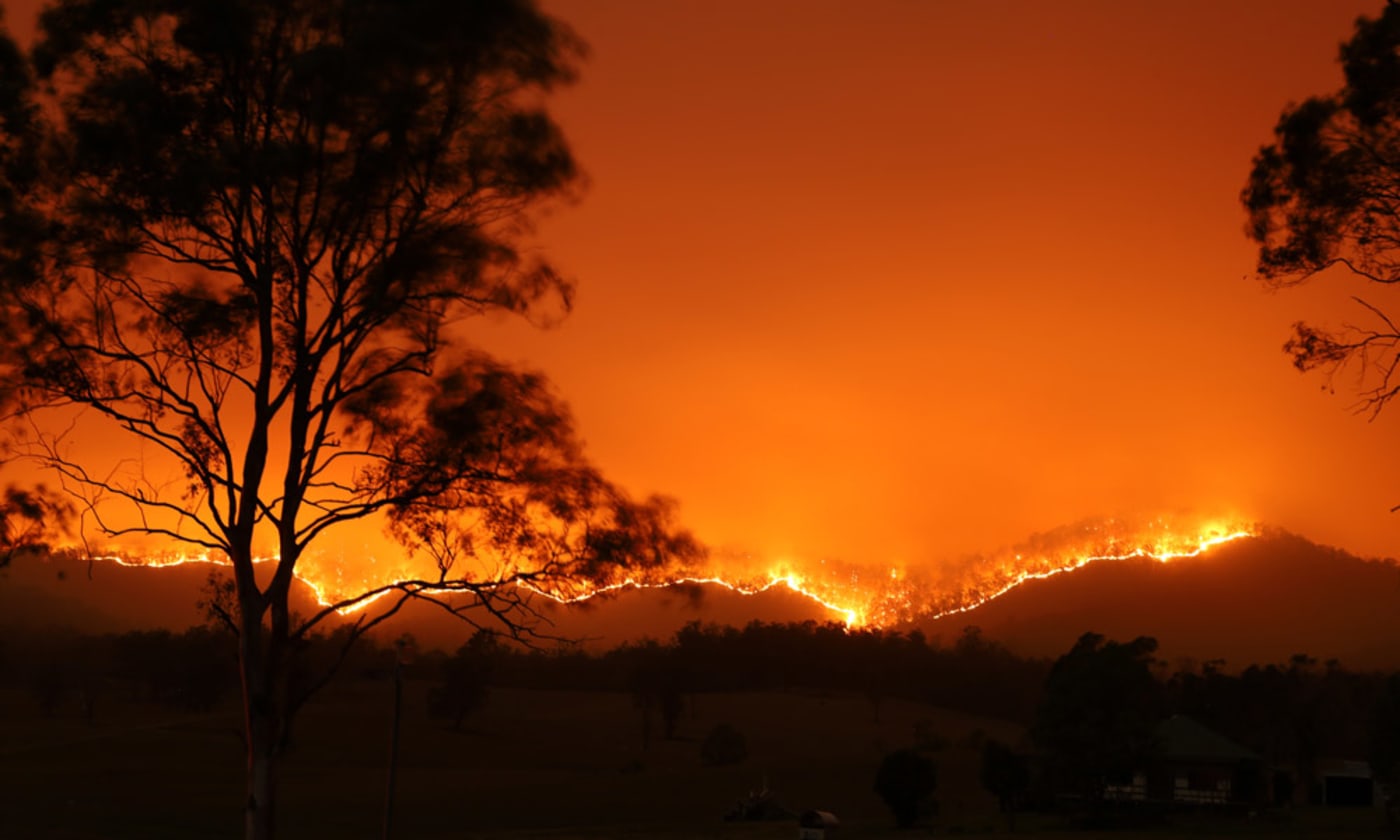Untangling the Relevance of an In-depth BAL Report for Your Residential or commercial property
Untangling the Relevance of an In-depth BAL Report for Your Residential or commercial property
Blog Article
How BAL Report Impacts Shrub Fire Security Measures
In the world of bush fire defense, the Structure Attack Degree (BAL) record stands as a vital device that considerably influences the security and durability of buildings in fire-prone locations - BAL Report. The impact of a BAL evaluation expands much beyond mere paperwork; it works as the cornerstone for figuring out the suitable building requirements and fire protection measures necessary to alleviate the threats postured by bushfires. As areas face significantly severe fire periods, recognizing just how the BAL record forms these protective actions comes to be critical for home owners, contractors, and policymakers alike
Comprehending the Bushfire Attack Level

Value of BAL Report Assessment

Moreover, the BAL record evaluation works as a fundamental action in following legal responsibilities and needs associated with bushfire defense. Local councils and authorities typically mandate the entry of a BAL record as part of the preparation and structure authorization procedure to guarantee that residential properties are effectively secured versus bushfire threats. Stopping working to carry out a comprehensive BAL record evaluation can result in insufficient defense steps, leaving properties vulnerable to devastating bushfire incidents.
Building Specifications Based on BAL
A thorough understanding of the Bushfire Assault Level (BAL) enables homeowner to carry out building requirements tailored to their particular threat profile. Building and construction standards based upon BAL are critical in reducing the effect of bushfires on buildings. The BAL ranking classifies the potential threat a property faces during a bushfire on a range from BAL-Low to BAL-FZ (Flame Area) Each BAL degree represents particular building needs detailed in the Australian Typical AS3959-2018 Building And Construction of Structures in Bushfire-Prone Areas. For example, homes categorized as BAL-Low might only call for standard procedures such as removing particles and preserving gardens, while those in greater BAL classifications need even more durable measures like coal screens, fireproof products, and sealed windows. Sticking to these building standards not just improves the architectural strength of the residential property but additionally boosts the overall security of locals throughout a bushfire event. Property proprietors should thoroughly consider their BAL ranking and abide with the matching building and construction requirements to adequately secure their owners and homes.
Implementing Fire Security Measures
With the foundation of construction criteria based on Bushfire Assault Degree (BAL) in area, the emphasis now changes towards the functional execution of fire security procedures to fortify buildings against bushfire risks. Applying fire security steps includes a mix of passive and active strategies to boost the strength of structures in bushfire-prone areas. Passive measures include making use of fireproof building materials, setting up ember guards on vents, sealing voids in walls and roofing systems, and keeping a clear room around the residential or commercial property totally free from flammable plant life. Active steps see this site incorporate having firefighting equipment readily available, such as hoses and water pumps, in addition to creating a defendable area around the residential property by clearing plant life and having a well-kept yard. Additionally, developing an emptying plan and making certain all citizens understand emergency situation procedures are important parts of efficient fire security actions. By incorporating both passive and energetic approaches, homes can dramatically decrease their susceptability to bushfire cases and increase the security of owners.
Safeguarding Residences Against Bushfires
Successfully protecting homes versus the devastating impacts of bushfires needs a extensive and aggressive strategy to fire security procedures. Property owners residing in bushfire-prone locations need to prioritize the execution of different techniques to enhance their building's durability versus wildfires. One basic facet is producing a defensible area around the home by preserving a clear area free of combustible products. This consists of consistently trimming plants, getting rid of dead plants, and ensuring a risk-free range between trees and frameworks. Installing fire-resistant roof products can also considerably decrease the danger of cinder attacks and straight fire get in touch with. Furthermore, sealing vents and voids to avoid cinder intrusion, as well as including fireproof windows and doors, can aid strengthen the home's defense against bushfires. Purchasing a dependable water source, such as a well-kept automatic sprinkler or a committed water tank, is vital for supplying water throughout fire emergencies - BAL Report. By accepting an company website aggressive position and integrating these protective procedures, home owners can considerably raise their chances of securing their homes against bushfires.
Verdict
In conclusion, the Bushfire Strike Degree (BAL) report plays a crucial duty in determining the necessary security measures versus bushfires. Executing fire security procedures based on the BAL report is necessary in safeguarding properties from potential bushfire hazards.
In examining bushfire threat to residential properties, understanding the Bushfire Attack Level (BAL) is an essential part for executing effective protection procedures. In general, a clear understanding of the Bushfire Attack Degree is crucial for implementing appropriate security measures and reducing the effect of bushfires on residential or commercial properties.

Report this page